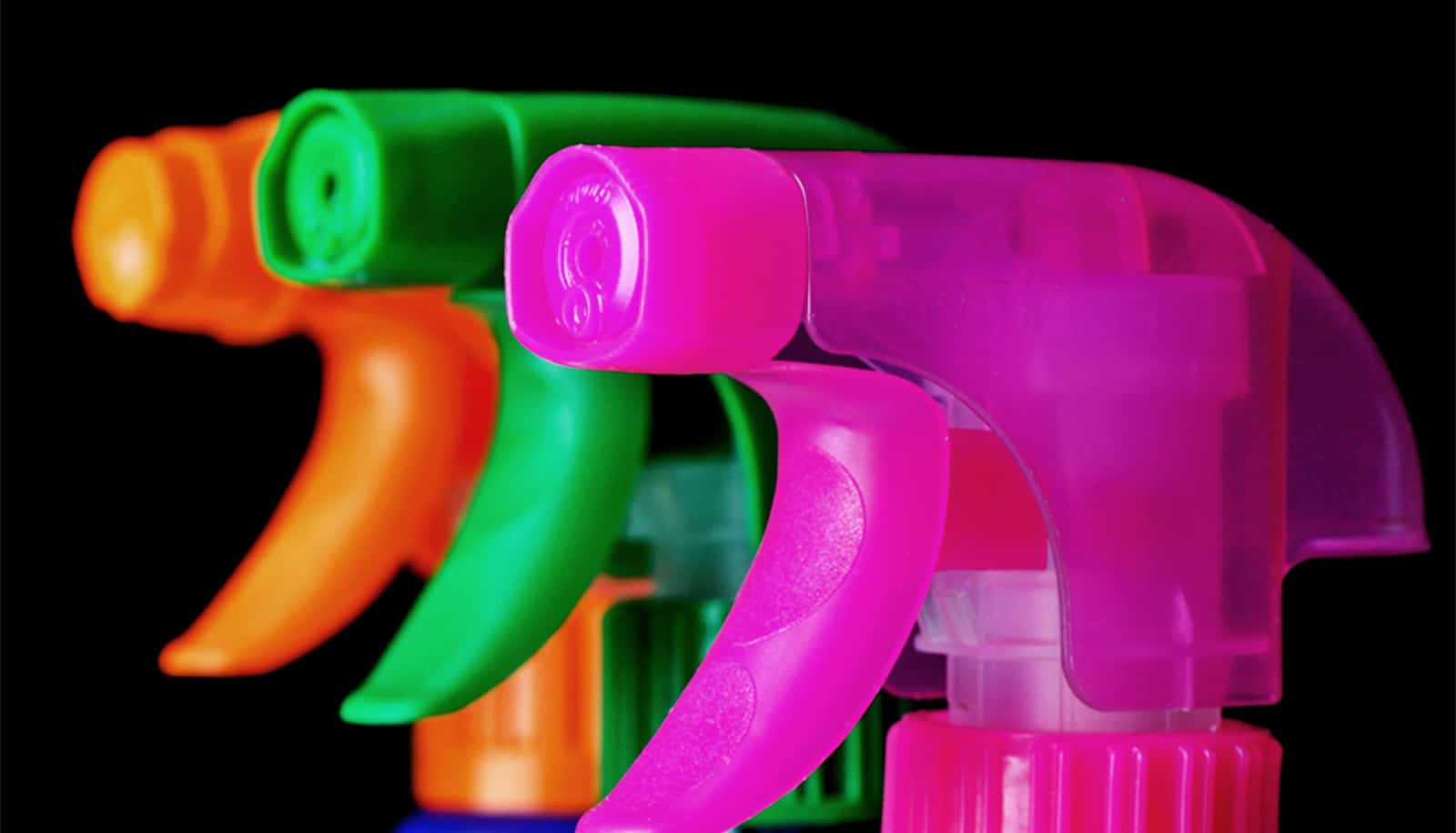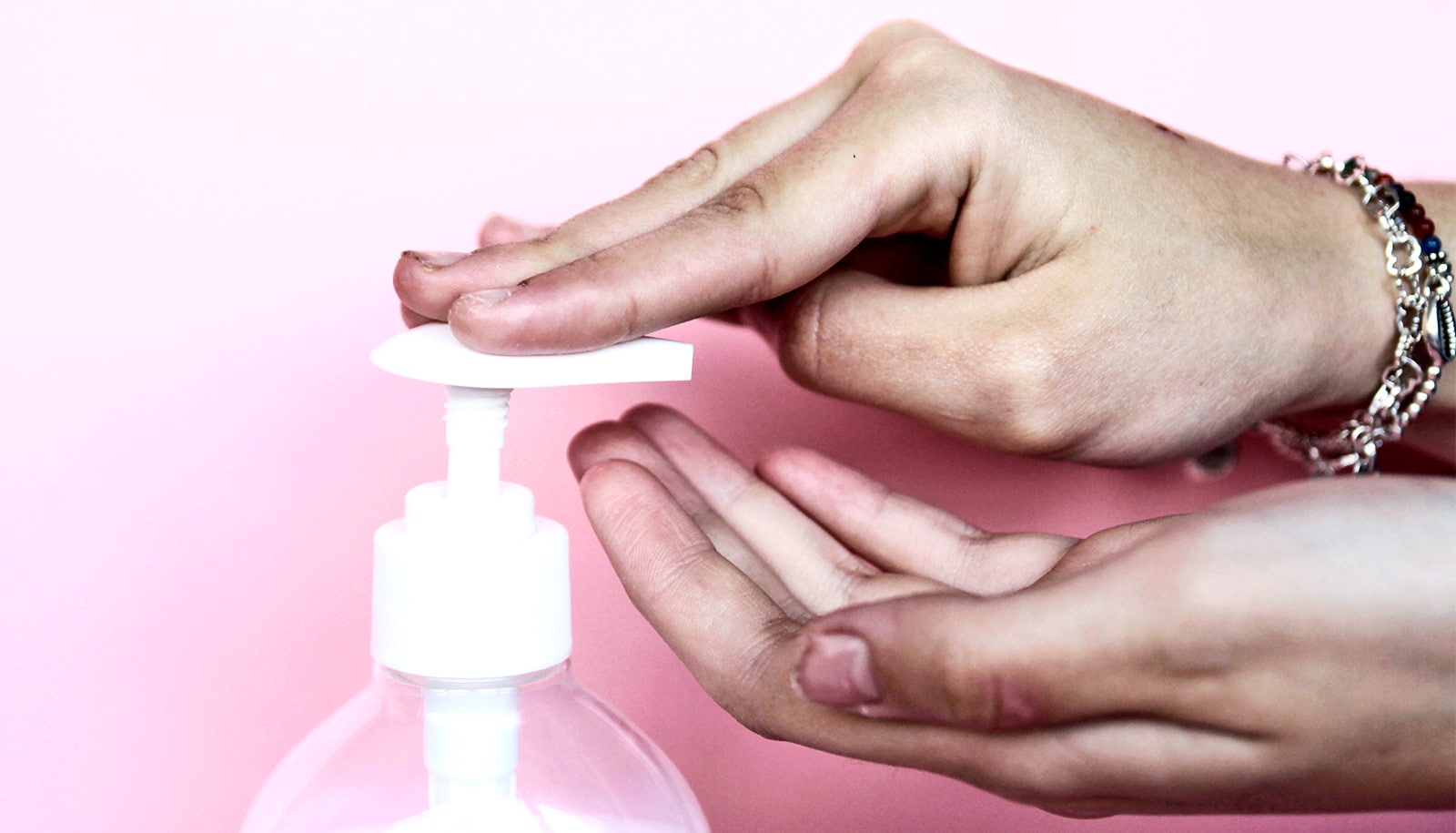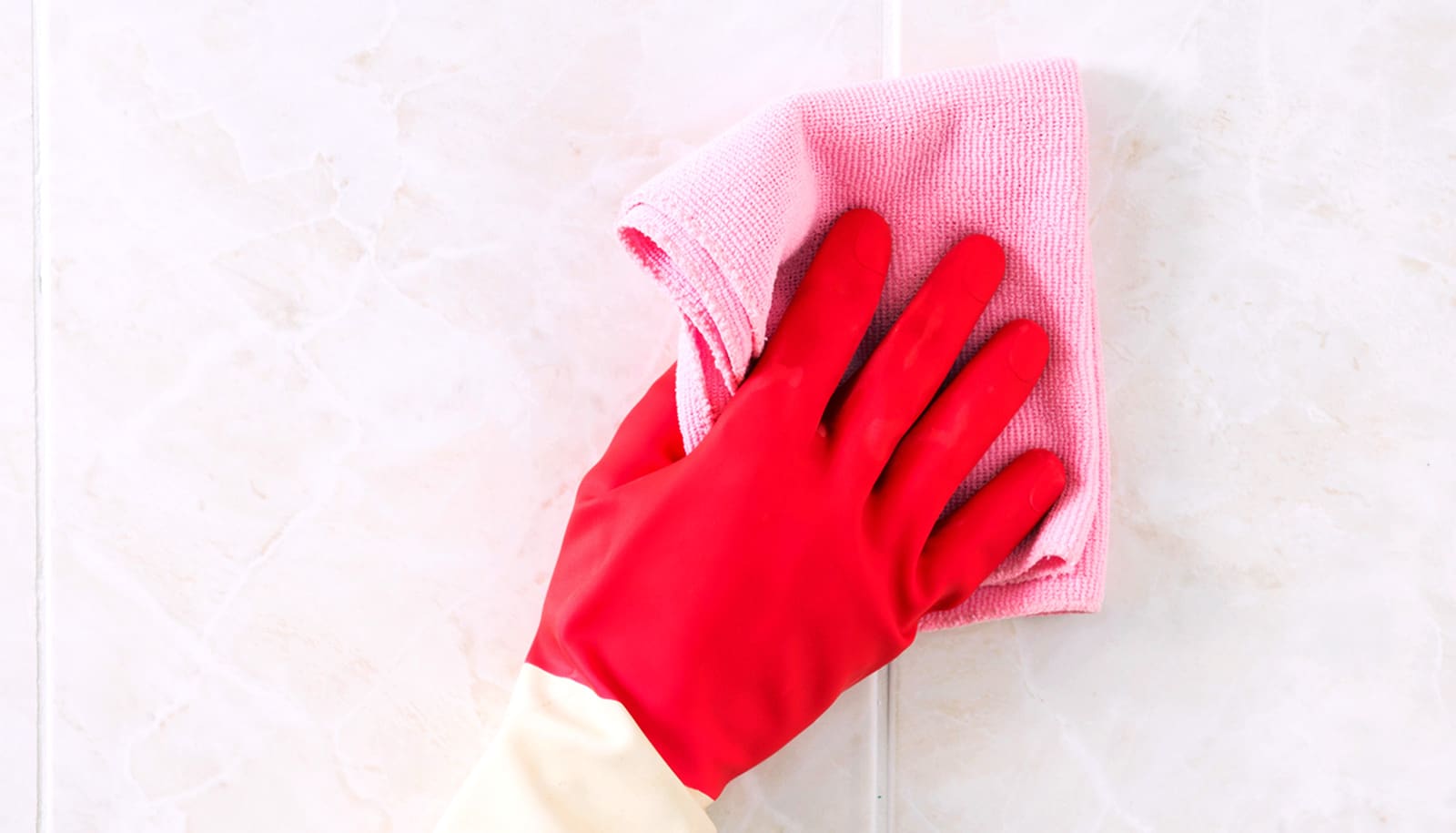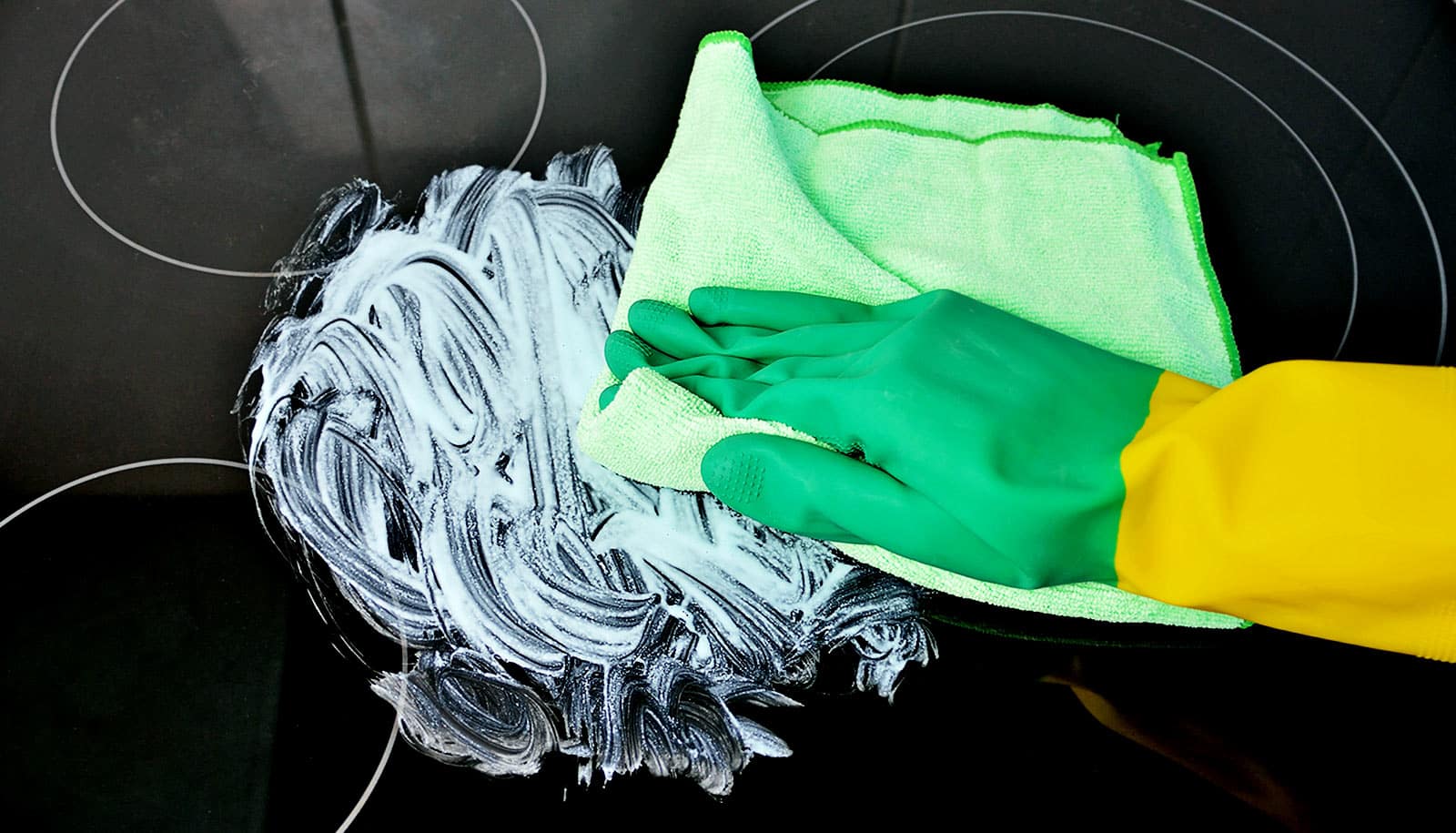It’s important you know how to buy the right cleaning products and use them correctly during the COVID-19 pandemic, disinfectant expert Bill Wuest warns.
Many household cleaners, once ubiquitous and taken for granted, are flying off store shelves faster than they are restocked, as people strive to keep surfaces free of the coronavirus that causes COVID-19.
“I doubt that many people read the directions carefully on the cleaning products they use, but it’s important to do so…”
The Centers for Disease Control and Prevention recently released a survey on consumer knowledge and practices for disinfecting coronavirus and found that 39% of the respondents had misused cleaning products.
“This pandemic has caused me to think more about the knowledge of cleaning protocols of the everyday person,” says Wuest, an associate professor of chemistry at Emory University.
“It’s important to communicate our research to the general public to generate clear messages.”
Antibacterial products and the rise of resistance
An active ingredient commonly seen in household cleaners, including some disinfectant sprays and liquids, and antibacterial sanitizing wipes and soaps, are quaternary ammonium compounds, or QACs.
One of the first QACs to enter the marketplace as a cleaning agent was benzalkonium chloride. Known as BAC for short, it was introduced in Lysol around the beginning of the 20th century, became widely adopted by the manufacturers of a range of cleaning products, and has remained a staple ever since.
In fact, if you read the labels of the cleaning supplies in your household, you will likely see benzalkonium chloride listed among the active ingredients on at least one of them, if not more.
“There are basically four or five QACs, including BAC, that have been the workhouse disinfectants for around 100 years, on the frontline of most homes and hospitals,” Wuest says.
“Very little has been done to change them around, because they work so well against many common bacteria, viruses, molds, and fungi and they’re so simple and cheap to make.”
QACs are surfactants, or surface-acting agents, he explains. Their molecules have an ammonia atom at the center of two methyl stubs and two long carbon chains. In the simplest terms, the positively charged heads of the carbon chains are drawn to the negatively charged fatty membranes encasing many bacteria and viruses, including coronaviruses. The heads of the carbon chains act like spearpoints, breaking apart the fatty membranes and causing the pathogens to disintegrate.
The Wuest lab is a leader in studies of QACs. One issue Wuest and his colleagues have identified is the fact that a few bacteria strains are slowly developing some resistance to BAC. If that trend continues, it could cause serious problems years down the road for sanitation in hospitals.
In the US alone, at least 2.8 million people get antibiotic-resistant infections, according to the Center for Disease Control and Prevention, leading to more than 35,000 deaths.
Research has frequently confirmed that QACs work against influenza viruses as well as bacterial strains and coronaviruses that have similar outer membranes as SARS-CoV-2.
Wuest offers the following four tips for consumers:
1. Avoid ‘antibacterial’ sanitizers and soaps
BAC is the active ingredient in most “antibacterial” wipes, hand sanitizers, and soaps. Wuest recommends choosing plain soap or plain alcohol-based sanitizers whenever possible, to avoid potentially contributing to the growing problem of antibiotic resistance. While products containing BAC are convenient and practical, especially for cleaning large surfaces, plain soap and water also work well against coronaviruses and other common pathogens.
2. Follow instructions closely
“I doubt that many people read the directions carefully on the cleaning products they use, but it’s important to do so,” Wuest says. He notes that some products state that, after application, the cleaning agent needs to stay on the surface being sanitized for several minutes before being wiped off.
3. Never mix cleaning agents
Consumers should never try to mix cleaning agents to try to “improve” them, Wuest stresses. Bleach combined with ammonia, for example, generates toxic chloramine vapor, which will cause chemical burns to the eyes and lungs and can permanently damage the respiratory system. Even mixing bleach with the seemingly innocuous ingredient of household vinegar is dangerous, because that combination creates deadly chlorine gas.
“Never mix any cleaning product with another cleaning product,” he says. “It’s an extremely dangerous thing to do, as many of the ingredients are hazardous if not used as directed.”
4. Check latest CDC recommendations
For more guidance on cleaning in the era of COVID-19, Wuest points to a web page, Cleaning and Disinfection for Households, outlining current recommendations from the Centers for Disease Control and Prevention.
Source: Emory University



